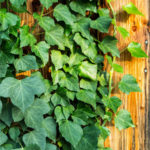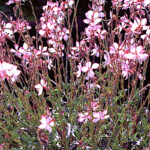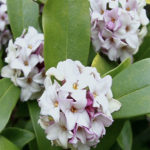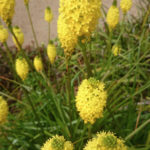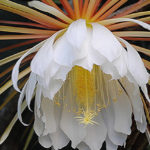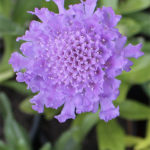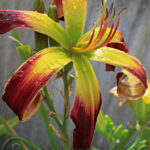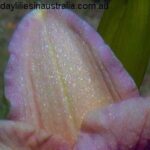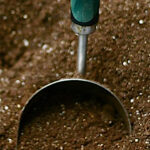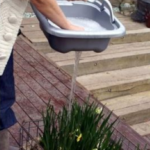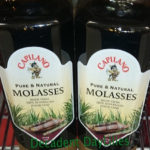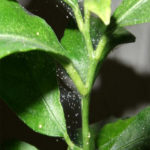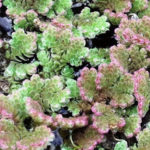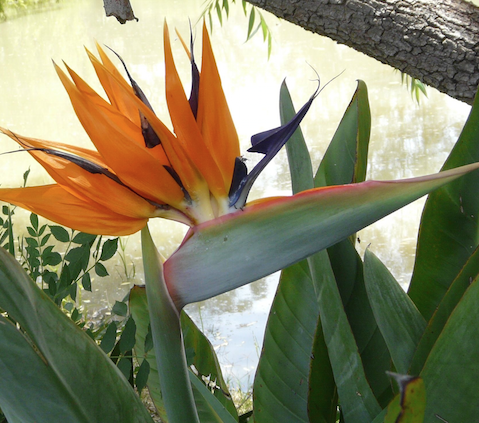
Bird of Paradise How to Grow Strelitzia
Bird of Paradise Strelitzia Plant Grown Everywhere in Australia
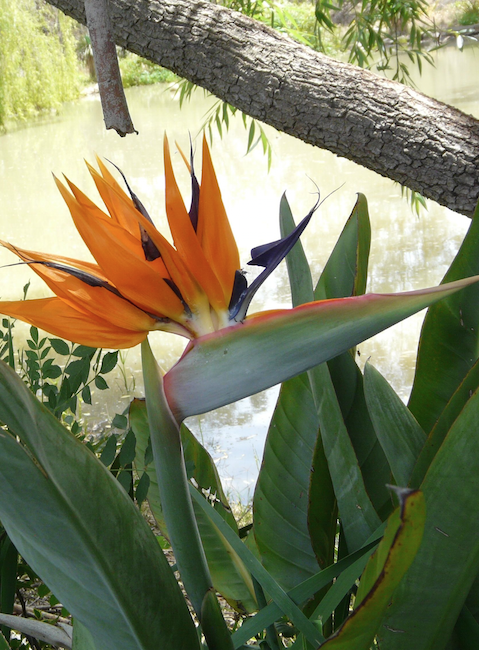 Create your own tropical bliss at home with the vibrant, beautiful bird of paradise strelitzia flower. Although native to southern Africa, these lush and flamboyant plants make any home or garden shine. The bird of paradise plant is named so for its resemblance to the equatorial wild bird. These plants are also known as crane flowers in South Africa and are featured on the back of their 50 cent piece. The bird of paradise’s majesty will help create the home oasis you’ve always dreamed of.
Create your own tropical bliss at home with the vibrant, beautiful bird of paradise strelitzia flower. Although native to southern Africa, these lush and flamboyant plants make any home or garden shine. The bird of paradise plant is named so for its resemblance to the equatorial wild bird. These plants are also known as crane flowers in South Africa and are featured on the back of their 50 cent piece. The bird of paradise’s majesty will help create the home oasis you’ve always dreamed of.
A Few Bird of Paradise Flower Facts
The bird of paradise belongs to the Strelitziaceae plant family and its formal plant name is Strelitzia. There are five varieties of this perennial plant, the most common of which is the Strelitzia reginae and Strelitzia nicolai, or the white bird of paradise. These bird of paradise varieties grow well in warm, cold, frosty and humid climates of Australia. The best time to plant them is mid October. The bird of paradise plant can grow from underground stems to a height of 3 to 5 feet. There are also bird of paradise plant varieties that are not a part of the Strelitzia genus. They are the red bird of paradise, the Mexican bird of paradise and the yellow bird of paradise. The latter three grow in desert regions. The bird of paradise flower is a real show stopper, ranging in petal colours of gold, white and orange with leaves of bluish green.
The flower may have a red midrib as well, making your home garden an eye catching centrepiece for backyard summer barbeques.
Have You Heard or Seen Strelitzia Juncea?
The leafless orange bird of paradise, this plant is extremely rare but I have seen Strelitzia Juncea for sale this variety is more drought tolerant than the common varieties mentioned here. This variety is completely leafless originated in South Africa like the other varieties of bird of paradise bringing a different type of texture to the garden in the form of unique slender stalks occasionally with very small paddle leaves at the ends would look extremely attractive in cactus garden or near a water feature, so keep your eye out for this lovely variety.
How to Grow Bird of Paradise Strelitzia
If you start growing these in the colder season, you’re more than likely going to be growing bird of paradise strelitzia indoors. These plants need to be placed in a bright, warm spot where they can receive partial or full sunlight. The bird of paradise strelitzia plant also requires moist, well drained soil but once establish like mine never gets watered just relies on rainfall and a little fertiliser once a year. Once established they can easily survive and thrive in tough low maintenance conditions. If the perennial plant does not receive enough sunlight or moisture the flowers will usually fail to develop. Too much moisture can also have undesirable results, so be careful when watering. These two aspects of care are vital, especially during the first six months of growth.
These first few months are also when you want to be aware of the root system growing from your plant. Watering deeply will strengthen the roots and minimise stress to the plant and stop the plant from rotting. Be sure to check the roots as your plant grows and if they are outgrowing their current pot or bed, transport them to a new container. You want your plant to be already somewhat root bound since root constrictions facilitate flower bloomage. Each individual root changes in length only, producing new cells at their tips that can break through almost anything. It is common sense if the plant grows higher, the roots grow deeper. The roots also grow higher at the base of the plant as it sprouts new pups. Before this occurs, you may want to transplant your flower to your outdoor garden when it is warmer outside.
The bird of paradise strelitzia is poisonous to dogs, cats and most other household pets when eaten, so you want to be sure that they are not able to nibble at the plant. The plant is not toxic to human beings if ingested. The best time to transplant strelitzia outdoors is during late spring or early summer. Make sure that you can maintain as much root as possible when transplanting. Then, simply dig out a prime area in your garden and plant, continuing regular maintenance.
Bird of paradise plant growing conditions are not all that is needed to get the bird of paradise to bloom, it is not difficult besides most first time gardeners do not know that the bird of paradise flower does not bloom until the plant is mature. This may take up to 4 or 5 years to occur and when this plant does flower it is a sight to see. This picture was taken out of my garden I watched this flower for two weeks or three weeks to get the perfect flower picture last season. I have proven that this plant is just not a tropical plant as you see it grows in my garden in NSW Australia with temperatures in the winter below zero with ample frost and temperatures in the summer months way above 40C and I think the flower on my plant is one of the best flowers I have ever seen on a bird of paradise / strelitzia. So now you can see that you are able to grow this plant anywhere in Australia. My belief that this plant should not be just classed as a tropical plant at all.
The Bird of Paradise may take as long as five years to reach full maturity and produce its first blossoms. Beyond that, it needs to have adequate sunlight, well-drained soil, fertiliser, and water. It is recommended to plant them in well-draining soil with at least six hours of daily sunlight.



